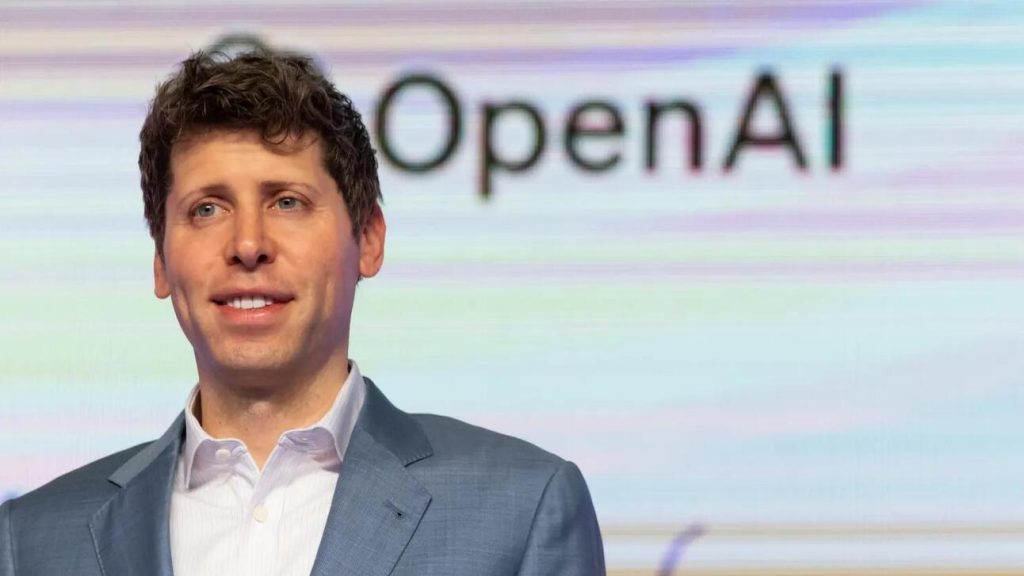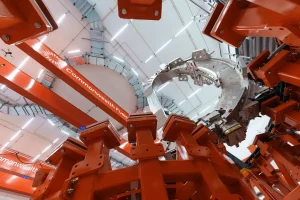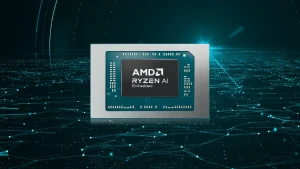OpenAIs Funding Dilemma

OpenAI is standing at a crucial crossroads in its journey. With billions of dollars in funding on the line, the company must decide to either stick with its nonprofit roots or embrace a traditional for-profit model.
The stakes are high, not only for OpenAI but also for the broader AI industry. This decision could shape the future of artificial intelligence by affecting innovation, trust, and security.
Rethinking business strategy
OpenAI’s latest model, o1, boasts remarkable capabilities, including an IQ score of 120, which is 20 points higher than the average human. It can initiate conversations unprompted and help developers build projects rapidly.
These features have generated significant buzz, attracting $6.5 billion in new funding and pushing OpenAI’s valuation to an impressive $150 billion. Major players like Microsoft, Nvidia, and Apple are keen to invest.
Funding Conditions
However, securing this funding isn’t straightforward. At present, funders must return excess profits to OpenAI’s nonprofit parent. Some investors are now demanding that OpenAI become a traditional for-profit organization before they commit their money.
Without this funding, OpenAI may have to delay plans for future models, including those that build on o1’s unique reasoning capabilities. Shifting from a nonprofit structure could also erode public trust, especially with new security concerns.
Security Concerns
For the first time, OpenAI labeled a model as “medium” risk for biological and chemical weapon development, raising new security issues.
This adds another layer of complexity to the funding dilemma. The company must balance rapid growth with ethical considerations and public safety, which could be compromised by abandoning its nonprofit status.
The New Entrants in AI Coding
The AI coding sector is also seeing new players. Paris-based Poolside is set to raise $500 million despite not having a product yet, presenting itself as an AI-powered alternative to GitHub.
Supermaven, another new startup, secured $60 million for AI programming. With its 300,000-token context window and efficient neural network, it stands out in this rapidly growing field.
Impact on Software Engineers
A significant 97% of software engineers have already integrated AI into their work, making generative coding startups some of the fastest-growing companies in the tech industry.
The influx of new startups, alongside established giants, adds pressure on OpenAI to stay competitive while navigating its funding and structural challenges.
Potential Outcomes
So, what’s next for OpenAI? Will it maintain its unique structure and potentially sacrifice rapid growth? Or will it embrace a more traditional model to fuel its ambitions, possibly at the cost of its founding principles?
The future of AI, both for OpenAI and the industry as a whole, could hang in the balance based on this critical decision.
Public Trust and Ethical Considerations
Abandoning its nonprofit roots may lead to a loss of public trust. The ethical considerations are immense, especially given the medium risk rating for biological and chemical weapons.
OpenAI must weigh the benefits of rapid financial growth against the potential erosion of its ethical standing in the public eye.
Conclusion
OpenAI is at a pivotal moment in its history. The decision to remain a nonprofit or become a for-profit company could redefine its future and the future of AI as a whole.
Balancing growth, innovation, and ethical considerations will be crucial for OpenAI as it navigates these challenges. The world is watching closely.
OpenAI is at a pivotal moment in its history. The decision to remain a nonprofit or become a for-profit company could redefine its future and the future of AI as a whole.
Balancing growth, innovation, and ethical considerations will be crucial for OpenAI as it navigates these challenges. The world is watching closely.





